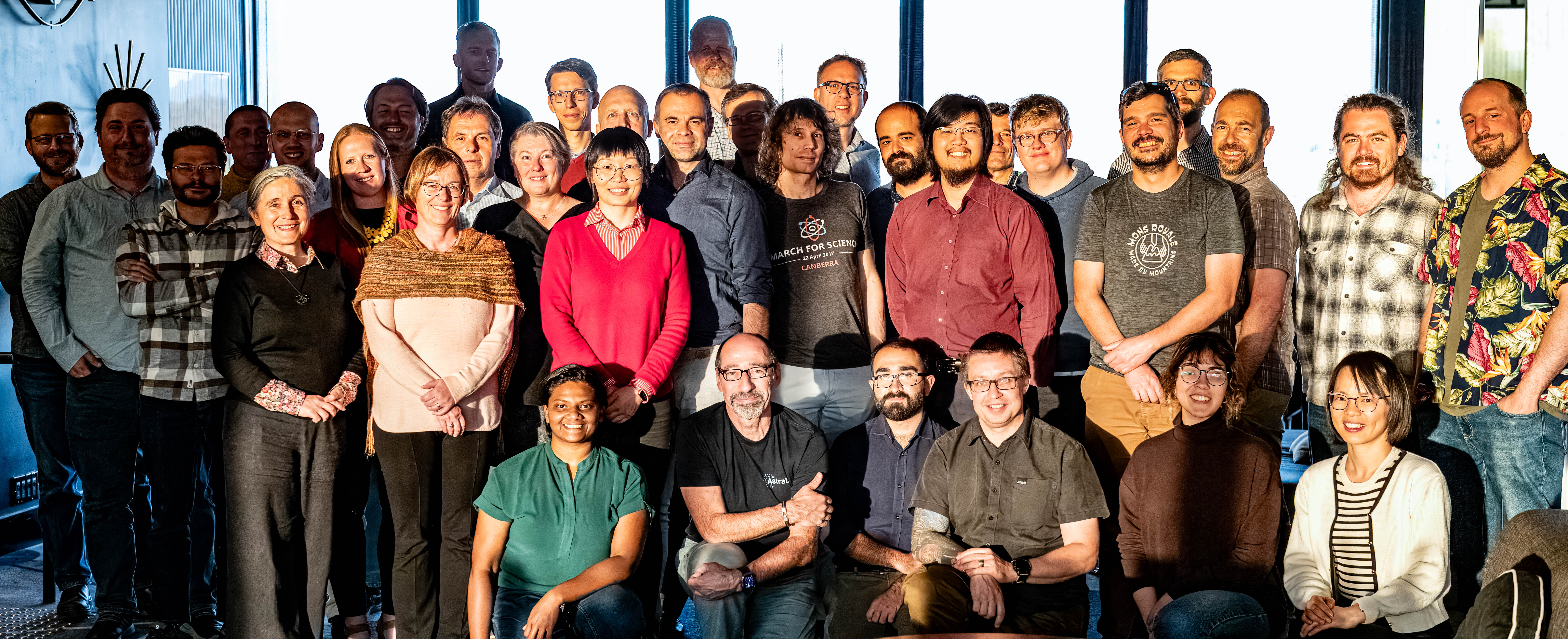(Almost five years into the project, we finally had our first ever busy week in Australia! I bet our European MAVIS team members had been expecting that for a while.)
The MAVIS team has had its first busy week with participants from all over the consortium since the start of COVID. A busy week is an event in which a large fraction of the team gets together in one physical place and works exclusively on the project for an extended period of time (in that case, a week). The format is a bit like a workshop or a summer school, except people attend to work rather than learn. There is usually a handful of plenary sessions, and a number of parallel split sessions - up to four in our case.
We had 37 participants from Italy (INAF), Germany (ESO), and Australia (Astralis-AITC and Astralis-AAO). The busy week took place in the Australian Center on China in the World, a beautiful building located on the Acton ANU campus in Canberra. With close to 60 plenary and splinter sessions, we were able to cover and progress many different topics, ranging from management to the most technical subjects, through Product assurance, MAIT, and many many others. Our field is full of acronyms, but I could not help smilling when I attended a session named “MAVIS LPO: CRE, RFW & RfD”. Beside hard work, we also planned some less studious activities: A lunch at Tidbinbilla, a hike to Duffield’s grave and a visit to AITC on the Monday. Below is a photo shot by Brian Taylor at the busy week diner at the QT hotel. This was the first visit to Australia for many of our European colleagues, and they seemed impressed enough!
Most goals from the busy week planning were reached. We have clarified, or have now a clear path to most remaining instrument trade offs. A busy week is a lot of organisation, and is a significant budget investment to move people around -especially in the case of MAVIS with the Aussie-European team-, but it is well worth it in term of the effectiveness of the work resulting from the direct, intensive interactions of the science, technical and managerial teams.
